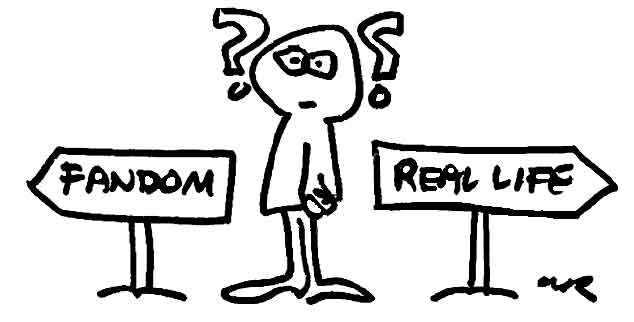Postmodern Theories: Bricolage and Intertextuality.

Levi-Strauss developed the concept of bricolage. He defined bricolage as texts constructed from debris of other texts. Texts borrow things from a variety of different texts to form something new. An example a a bricolage text is the album art for the Sex Pistols 'God Save The Queen' cover. The cover uses the image of the Queen which has been used with cut out words from a newspaper to create something new. Neither of the things used on the cover are new or original, but together they have been used to create something new.
Intertextuality is a similar concept, it is defined as the shaping of a text's meaning by another text.
It is used in many different films to create inside jokes within the text that will only be understood by those who have experienced/seen the other text that is being referenced. A prime example of the use of intertextuality is in the film Flushed Away when the main character meets an orange fish who says "Have you seen my dad?". This is an example of intertextuality as the film Finding Nemo is being referenced within another animated film. Intertextuality can also be seen in Shrek with the use of various popular fairytale characters and in the film The Lego Movie through their use of already existing characters who have been turned into Lego characters.
Intertextuality and bricolage are both used by theorists to define postmodernism but they also cross over other postmodern theories such as parody and pastiche.


















4 comments: